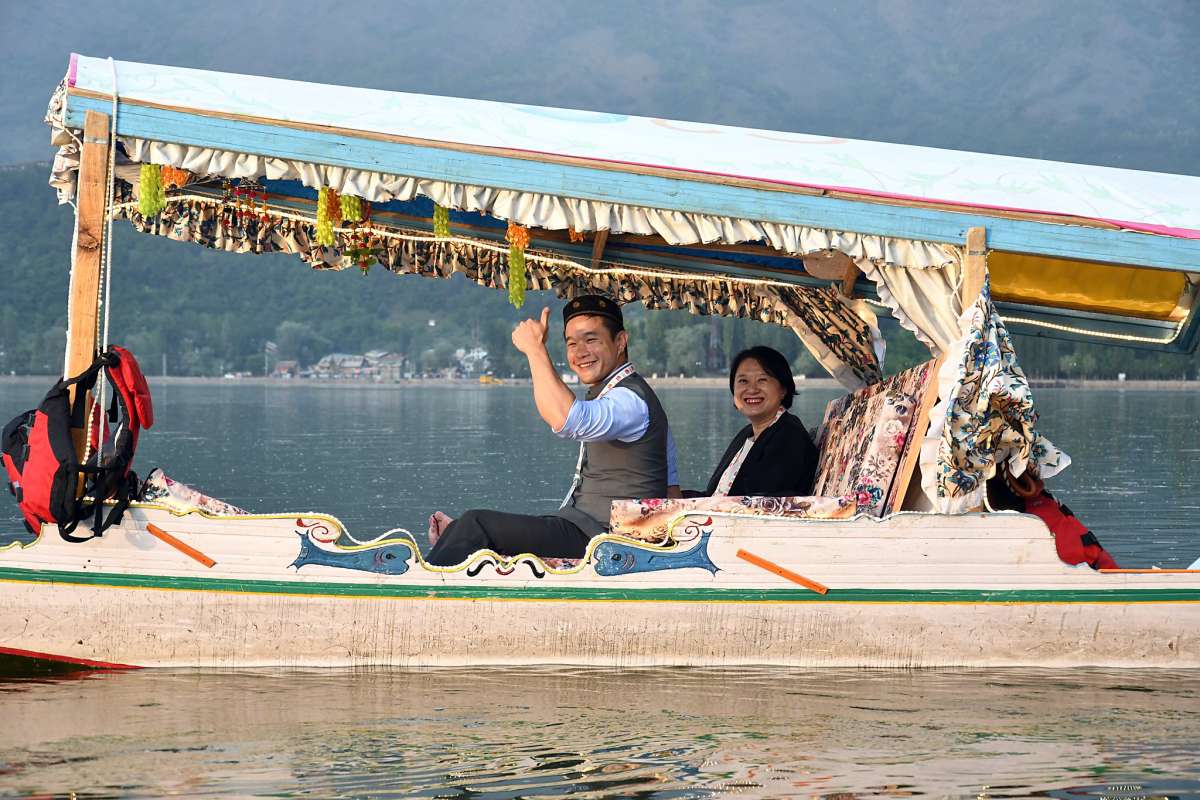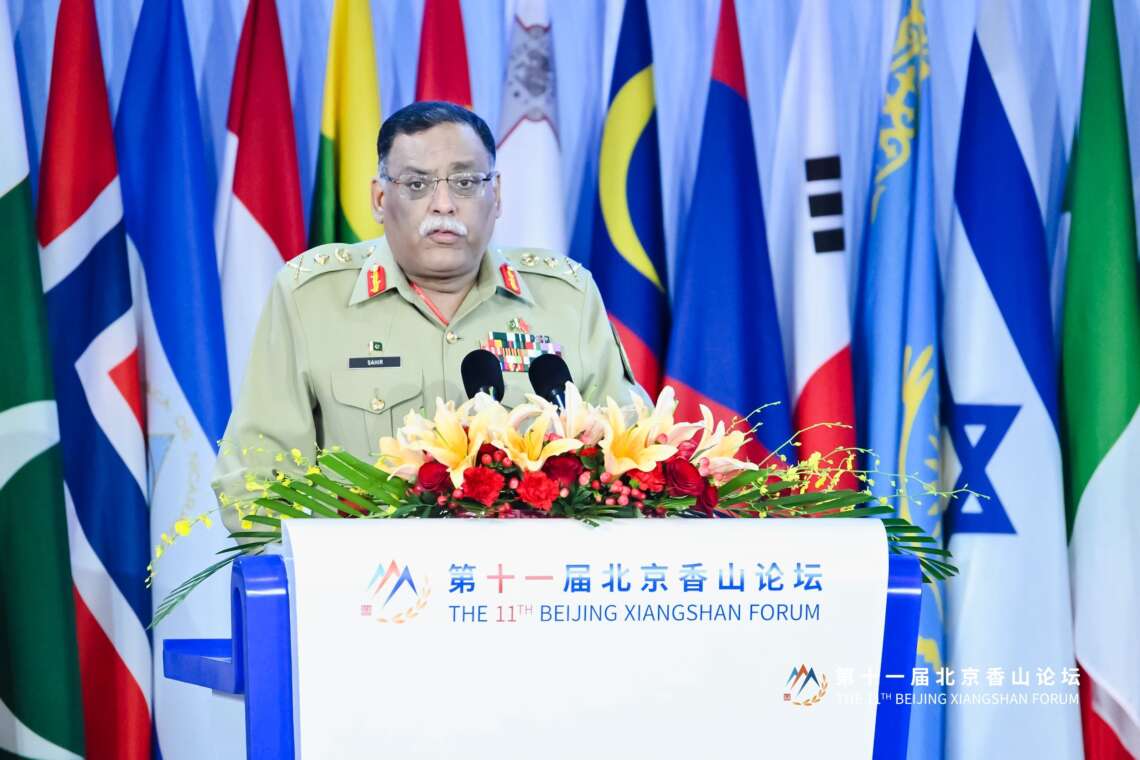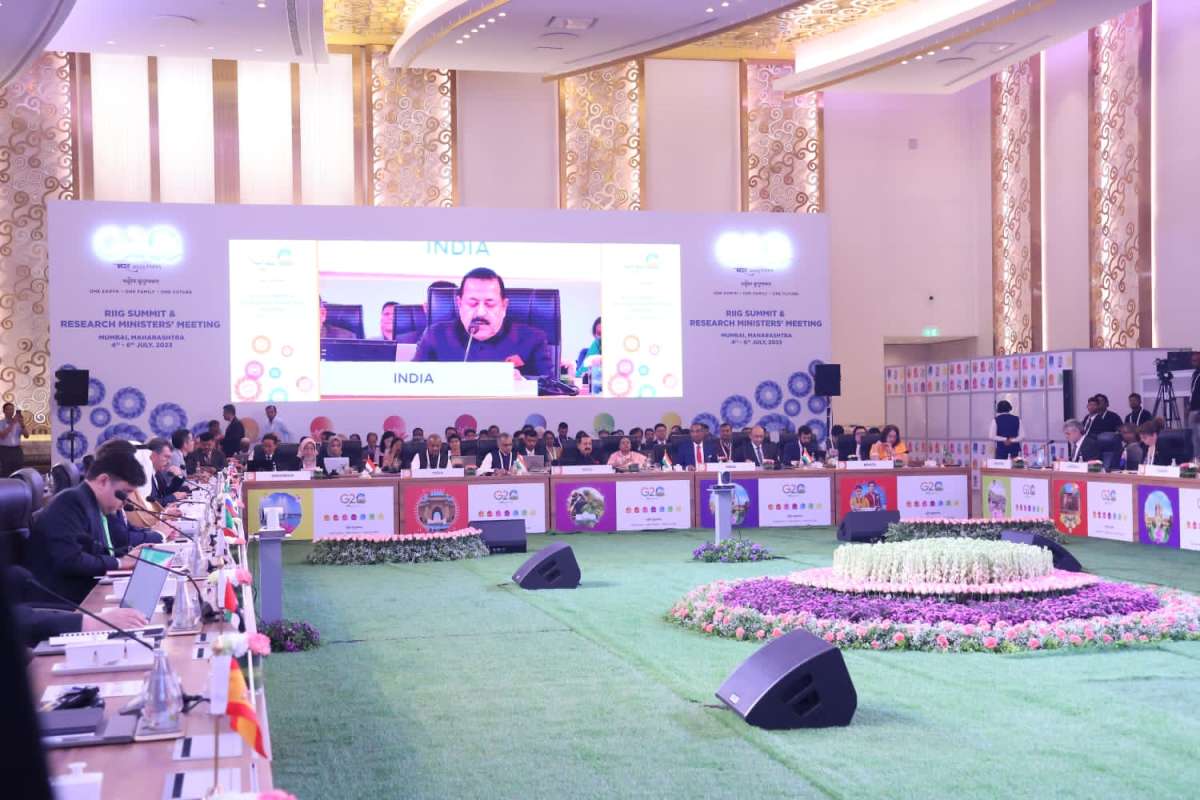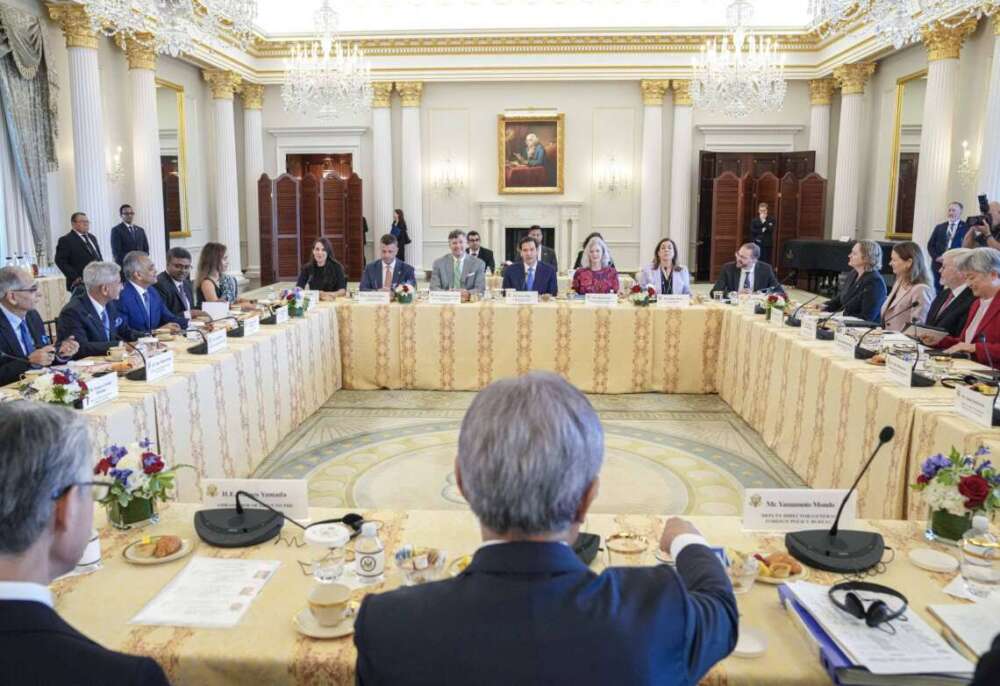The government has put in determined efforts to revive the tourism sector and dispel the negative image surrounding the region…reports Asian Lite News
The successful ‘Tourism Working Group Meeting’ of G20 delegates held in Srinagar from May 22 to May 25 this year marked a turning point for the tourism sector in Jammu and Kashmir.
The summit, which saw the participation of representatives from the world’s most influential economies, has not only strengthened international relations but also served as a catalyst for the resurgence of tourism in the Himalayan region. In the first six months of this year, as per official figures, over 15000 foreign tourists arrived in Kashmir, which was more than the last year. The visitors also included tourists from European countries.
Pertinently, after 1990, when a Pakistan-sponsored insurgency broke out in J-K, tourists stopped visiting Kashmir as the gun-totting terrorists wreaked havoc in the region.
Kashmir, once known for its picturesque landscapes and warm hospitality, became shrouded in a cloud of fear, with concerns about terrorism and instability dominating global perceptions.
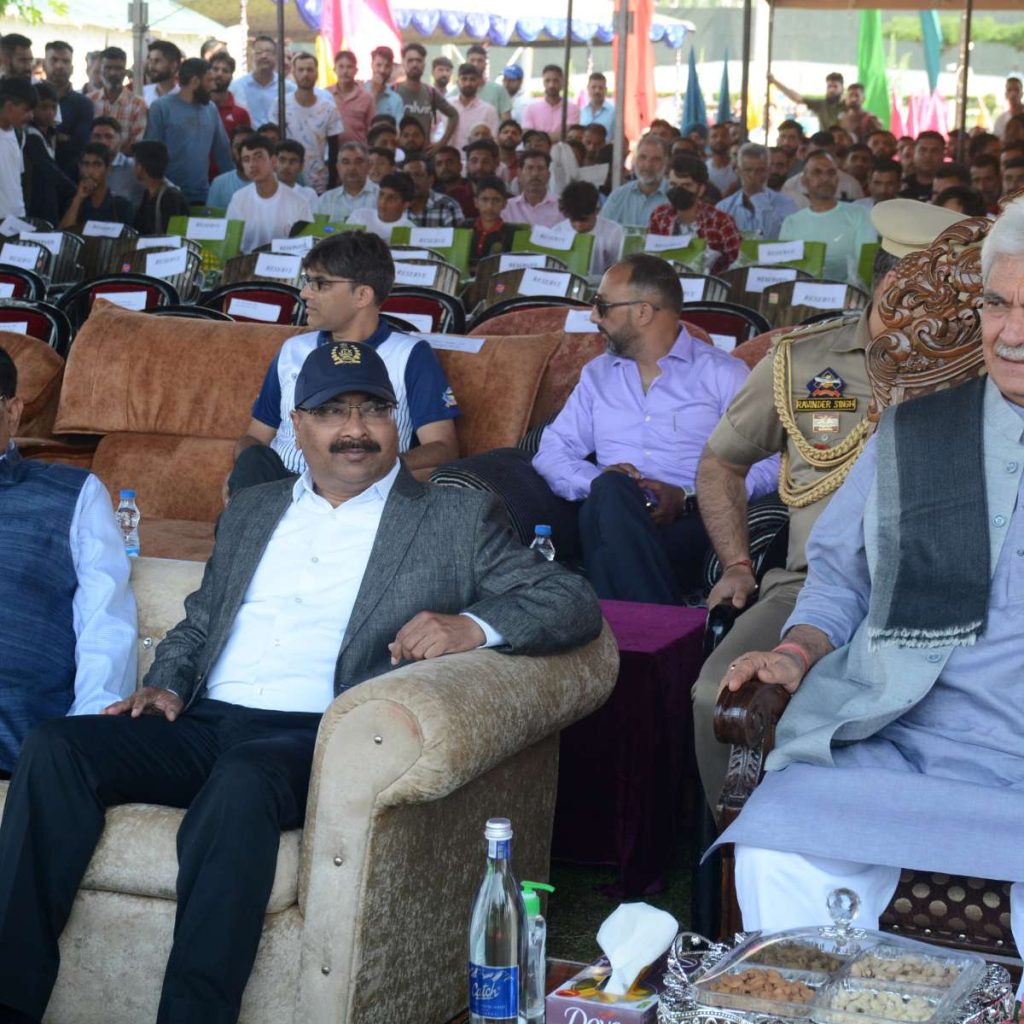
Abduction of five Western trekkers:
Abduction of five Western trekkers–two American nationals, Don Hutchings and John Childs, two Briton Keith Mangan, and Paul Wells, and a Norwegian national Ostro in 1995 from Pahalgam in South Kashmir–by a terror outfit, Al-Faran led to most of the countries issuing advisories to their residents to stay away from visiting the terrorism hit region.
Among the five kidnapped foreign nationals, only John Childs could escape from the clutches of his captors while four others were murdered by the terrorists.
Till August 5, 2019 — when the Centre announced its decision to abrogate J&K’s so-called special status and bifurcate it into two Union Territories — countries like the US, Australia, Britain, and others used to issue advisories to its citizens, asking them to refrain from visiting J-K.
However, during the past three years, the scenario has changed. J-K has witnessed the arrival of millions of domestic tourists, who have become unofficial ambassadors of the region. They have showcased the region’s rejuvenated tranquillity to the world.
Determined efforts:
The government’s sincere and dedicated efforts in restoring peace and stability to Kashmir after decades of Pakistan-sponsored turmoil have not gone unnoticed. As a result, tourists are now venturing into far-flung areas, including the frontier regions, which were once considered out of bounds due to the fear of terrorists.
The government has put in determined efforts to revive the tourism sector and dispel the negative image surrounding the region.
For the past three years, the authorities have worked tirelessly to restore peace and stability, ensuring the safety and security of both locals and tourists. Their efforts have yielded positive results.
The fear of Pakistan-sponsored terrorists and separatists that used to prevail in Kashmir has diminished significantly.
G20 summit renews interest:
The improved security situation combined with the successful hosting of the G20 summit has instilled confidence in foreign countries.
The positive message conveyed by the participants of the G20 meeting has had a far-reaching impact, generating a renewed interest in the region.
The G20 summit in Srinagar served as a platform for international delegates to discuss important global issues, including economic cooperation, climate change, and international security.
Srinagar hosting such a prestigious event not only highlighted the beauty and cultural heritage of J-K but also showcased the region’s potential as a tourism destination.
The participants had the opportunity to experience the warm hospitality and scenic landscapes firsthand, leaving them with a positive impression to share with their respective countries.
The increase in the number of foreign tourists visiting Kashmir post the G20 summit has elated the stakeholders. They are hoping that foreigners would revive their connections with Kashmir in the coming days.
Following the successful conclusion of the G20 summit, the government has launched an aggressive marketing campaign to promote Jammu and Kashmir as a safe and desirable tourist destination.
The Tourism Department has been in touch with top travel agencies, embassies, and global media outlets to showcase the rejuvenated Kashmir to the world. Social media platforms are being effectively utilized to spread captivating visuals and stories of the region.
The mega G20 tourism meet in Srinagar caught the attention of international media, with many of them highlighting India’s efforts of showcasing the restoration of stability and normalcy in Kashmir.
Tourism revival:
The tourism sector, which suffered a major setback due to the decline in arrivals after 1990, has experienced a revival post abrogation of Article 370, a temporary provision in the Constitution of India.
The surge in tourist activity has created numerous job opportunities for the local population, leading to increased income and overall economic growth.
To sustain and further capitalize on this positive trend, the government is working hard to improve infrastructure, ensure the safety and security of tourists, and promote J&K as a tourist-friendly destination.
Efforts are being put in to enhance connectivity, improve accommodation facilities, and provide quality services to visitors.
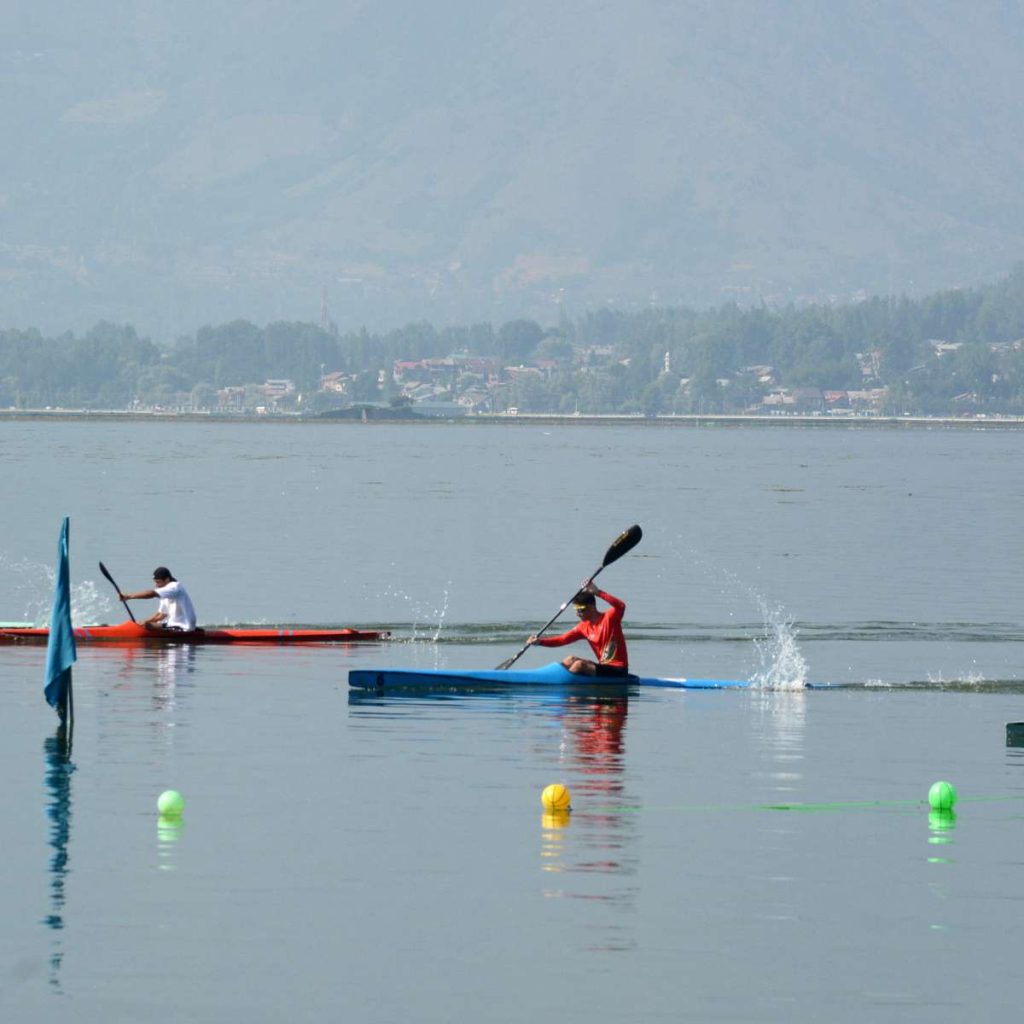
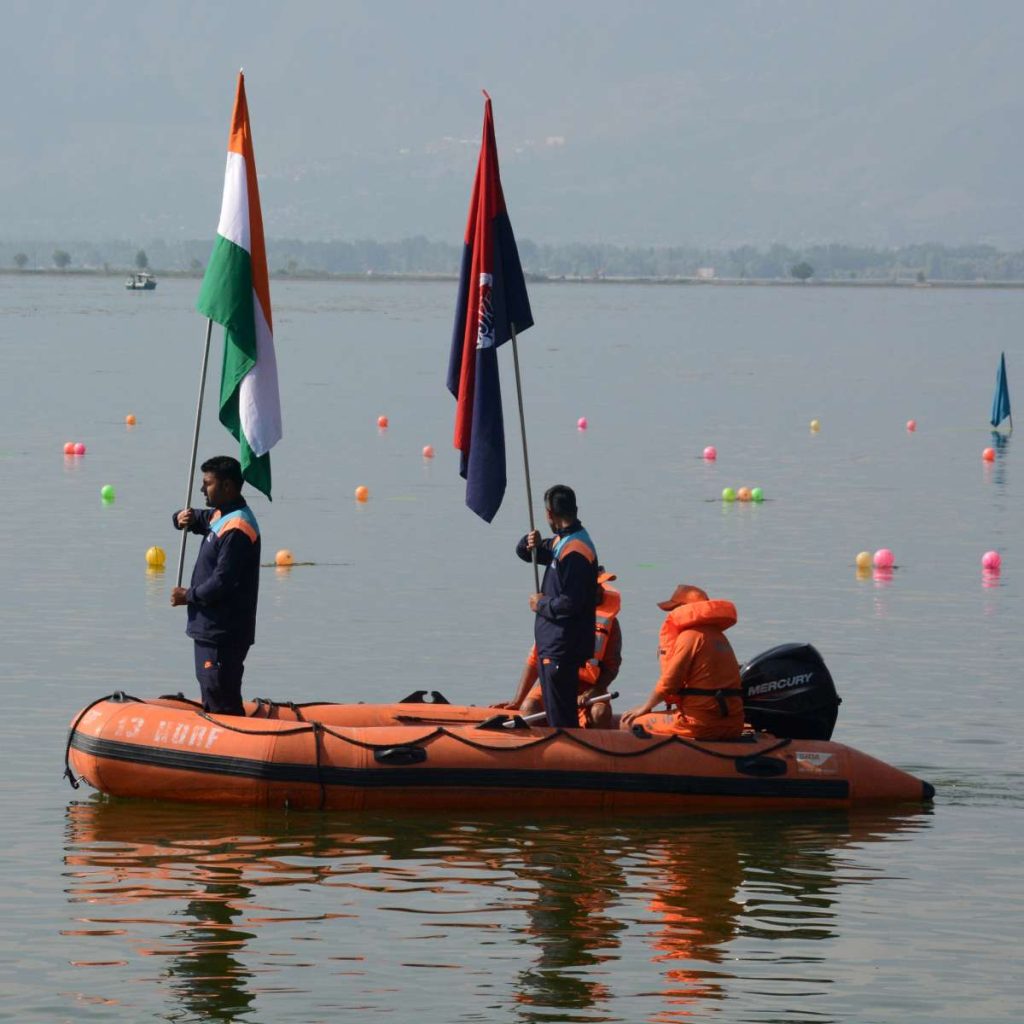
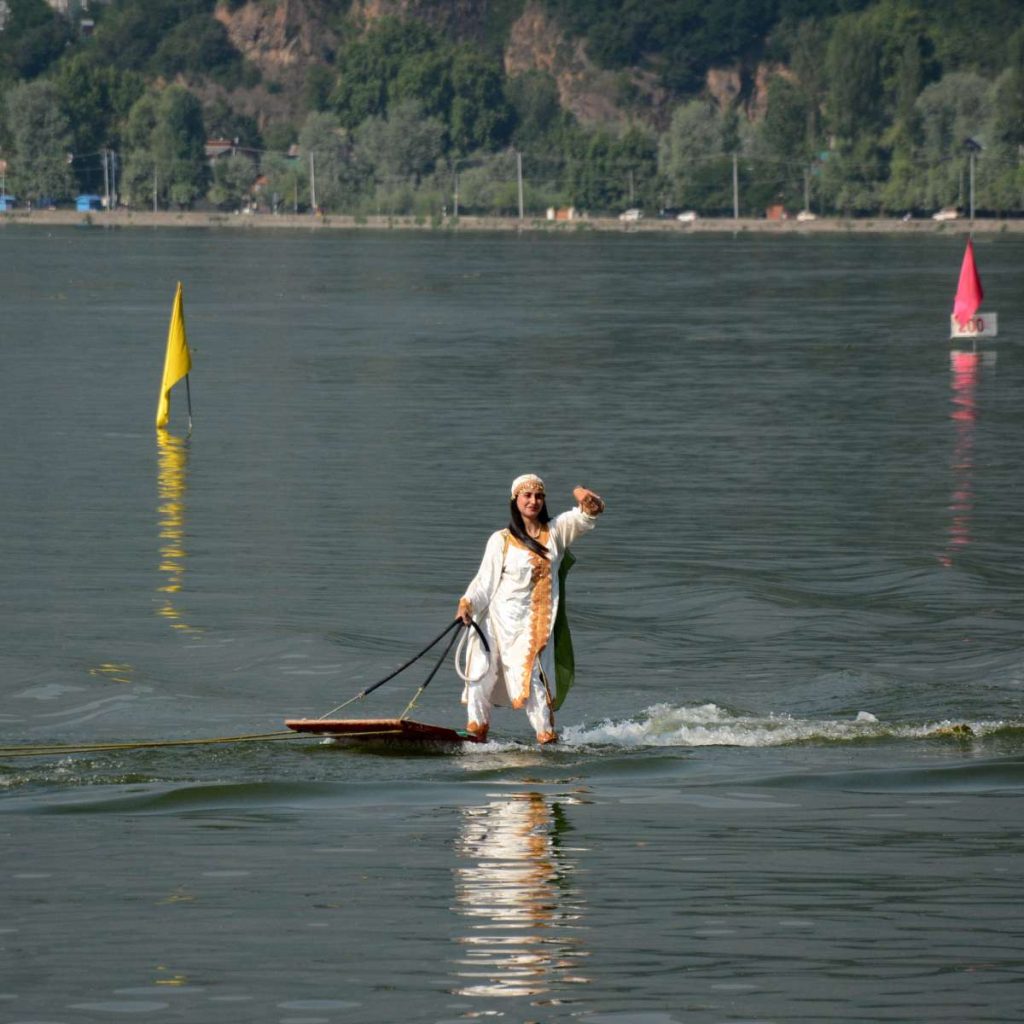

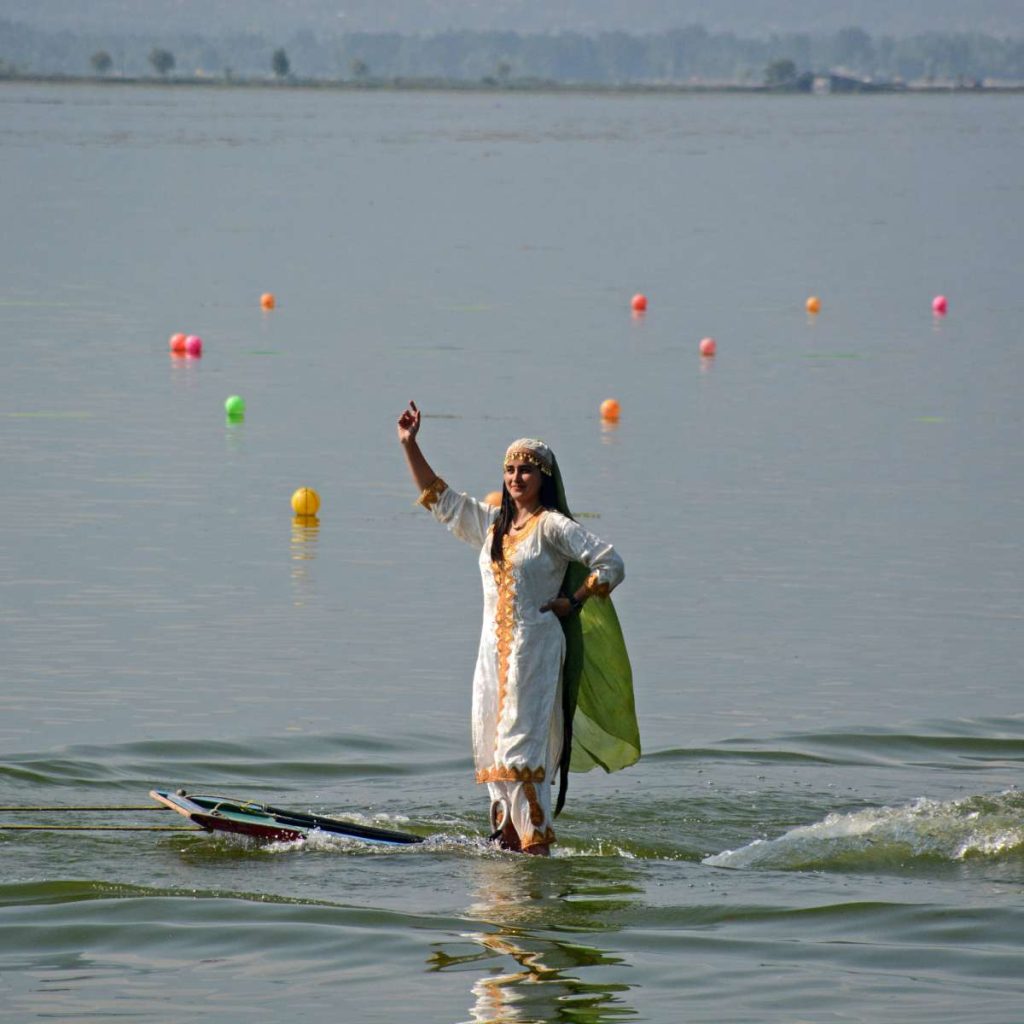

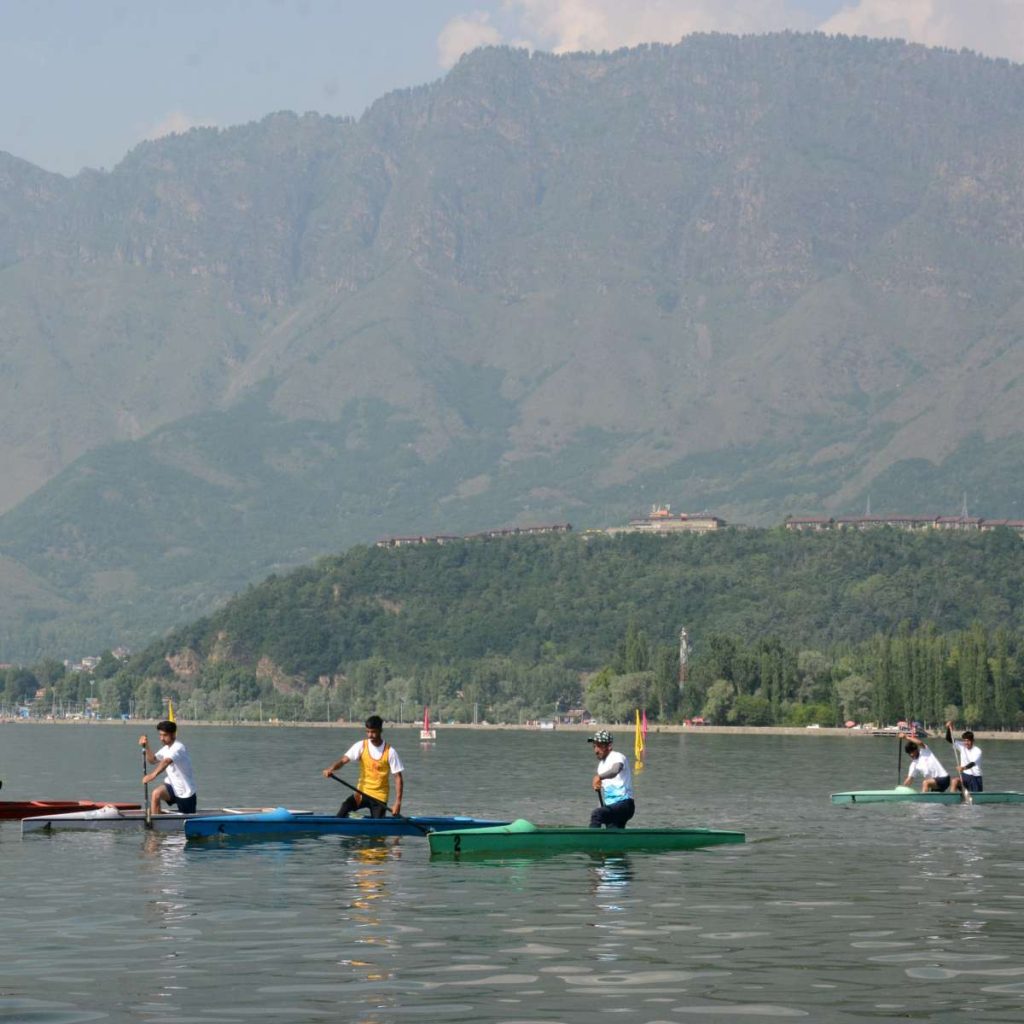

After 2019 the government has invested in enhancing the region’s infrastructure and connectivity. Roads have been upgraded, and transportation facilities stand modernized to provide convenient access to tourist destinations.
These improvements have contributed to enhance the overall travel experience for visitors. The ease of transportation and improved amenities are allowing tourists to explore the enchanting landscapes and cultural treasures of Jammu and Kashmir.
Frontier areas become tourist hotspots:
For 30-years places like Gurez, Karnah, Uri and Kupwara near the Line of Control (LoC) in Kashmir, were inaccessible due to the prevailing security situation. However, these areas have experienced a remarkable transformation after J&K’s transition from a State into a Union Territory.
These areas were relatively unknown to tourists but now they are emerging as popular destinations. Gurez, known for its picturesque valleys, crystal-clear rivers, and vibrant meadows has become a tourist hotspot.
Uri, situated in the Baramulla district, is another area that has witnessed a surge in tourist arrivals. This town, located near the LoC, is blessed with natural beauty and a serene ambience. The mesmerizing views of the snow-capped mountains and the glistening Jhelum River make Uri an enchanting place to visit.
The town is also home to historical sites such as the famous Baramulla Fort and the ancient town of Salamabad.
Kupwara district, with its scenic beauty and untouched landscapes, is also attracting a growing number of tourists.
Surrounded by dense forests and majestic mountains, Kupwara offers a tranquil retreat for nature lovers. The Lolab Valley, one of the prime attractions in the district, is renowned for its meadows, streams, and captivating beauty.
The Bangus Valley, famous for its grassy meadows and sparkling lakes is also becoming a must-visit destination in Kupwara.
The surge in tourist arrivals to these areas is a testament to the peace and stability that has been restored in Jammu and Kashmir.
Travellers from across the country and even abroad are now venturing into these once-untouched territories to experience their natural beauty and cultural diversity. The echoes of tourism and development are reverberating through the valleys and mountains of Gurez, Karnah, Uri, and Kupwara.
Homestays, a new addition:
In 2022, J&K Lieutenant Governor Manoj Sinha launched 75 home-stays in rural areas owned by Self Help Group (SHG) members of Jammu and Kashmir Rural Livelihood Mission (JKRLM) in partnership with OYO Group under the project ‘Crown of Incredible India’.
Since then there has been no looking back as more than 200 homestays have come across Jammu and Kashmir.
Seventy-five villages in J&K known for their unique landscape, cultural diversity, and heritage value have been selected to expand the tourism ecosystem to rural areas of the Union Territory.
The homestays have all the basic room amenities, and great views, and provide an opportunity for travellers to experience beautiful rural landscapes and nature in its truest form.
All records broken:
Notably, Jammu & Kashmir recorded its highest influx of tourists in 2022, with official figures recording the numbers at 1.88 crore.
The record-breaking tourists visiting the Union Territory was the highest in 75 years of India’s Independence.
Introduction of international flight connectivity and night landing facilities at Srinagar International Airport and expediting the work on the 270-km long Srinagar-Jammu National Highway has brought Kashmir closer to the world during the past three years.
A comprehensive Film Policy announced to lure filmmakers back to J&K and its picturesque locations for film shooting has led to Bollywood returning to the Himalayan region.
Foreign countries maintain silence:
In recent years, Jammu and Kashmir has witnessed a remarkable transformation with the return of peace and stability. The government’s relentless efforts to restore the pristine glory of J&K have not gone unnoticed.
As a result, foreign countries have maintained a noticeable silence and refrained from issuing any advisories against their citizens visiting the region.
For a long time, Jammu and Kashmir faced security challenges that led many foreign countries to issue travel advisories, cautioning their citizens against visiting the region.
However, in the backdrop of the peace that has returned to Kashmir and the concerted efforts of the government, the situation has taken a positive turn.
The restoration of peace has not only been acknowledged by the locals but has also garnered attention on the global stage.
The reduction in incidents of violence and the improved law and order situation has been instrumental in changing the perception of Jammu and Kashmir as a risky destination.
The silence of foreign countries in not issuing travel advisories can be seen as a vote of confidence in the efforts made by the government.
It reflects the growing trust and belief that the region is now safe for tourists to explore and enjoy its natural beauty and cultural heritage. The government’s relentless efforts have focused not only on security but also on restoring the pristine glory of Jammu and Kashmir. (ANI)


